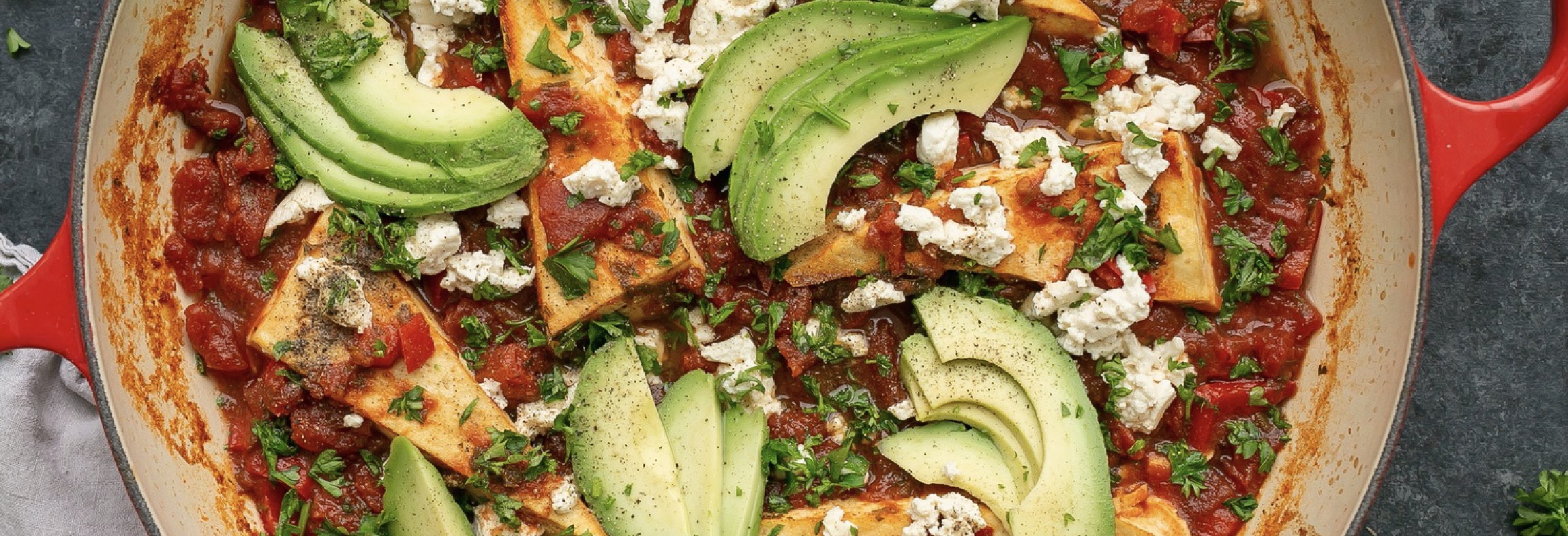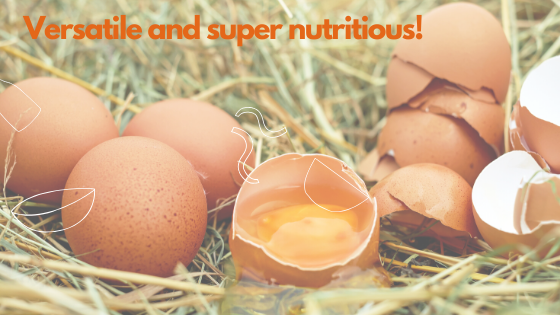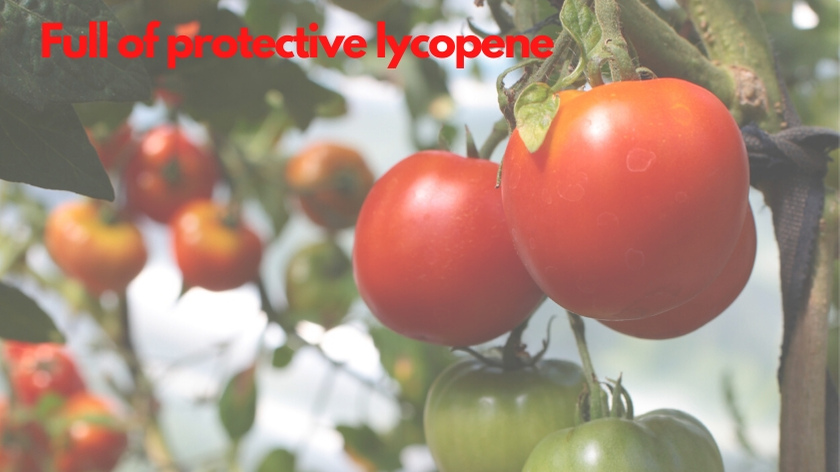
I discovered this amazing dish when I was living in Jordan in the Middle East. It is such a great weekend breakfast that is full of goodness that will keep you going until late lunch! I have also served this up as a dinner by adding cubes of sweet potato and chickpeas to add a little more oomph and it tastes great served alongside a fresh green salad with an olive and balsamic vinegar dressing.
Shakshuka is originally a Tunisian dish (according to Ottolenghi), and has been eaten by Arabic and Mediterranean cultures for centuries. The word ‘Shakshuka’ comes from Arabic and means ‘all mixed up’. It is with eggs and a spicy tomato sauce and is eaten for breakfast or lunch. There are so many variations depending one where it is made. Peppers are generally used in the summer and autumn, whilst potatoes are used in the winter and aubergines in the spring.
There are many different variations on this recipe, so once you have worked out how to make it, I encourage you to play around with the spices, adding in some chilli or harissa paste for some heat, as well as adding chickpeas and sweet potato (my addition), or remove the pepper and add aubergine or potato! The spinach and avocado are my additions as I like to get a green vegetable into every meal!
Health Benefits
This dish is full of nourishment. If you have a problem with FODMAP foods, then it is not the best dish, but if you do not then go for it!
Eggs

Eggs in my view are a superfood! They are packed with nutrition – with the egg yolk being the best bit! So if you only eat the egg white, I would advise you to definitely start to eat the yolk!!
Eggs are full of protein, an excellent source of vitamin K, and great source of B vitamins, including biotin, thiamine and vitamin B12. Women with Endo are often low on vitamin B12, so if you do not have an issue with eggs, you want to be eating at least 1 a day to help nourish your body from a fertility perspective.
Eggs can be a rich source of Omega-3 providing they are grass fed – this is why it is so important to buy free-range organic eggs, as you will then get a nutritionally richer egg
Eggs are also rich in betaine, which is needed to reduce homocysteine. It is understood that ten percent of people have an issue with having high homocysteine levels as they have a problem with their metabolic processes. Having a high homocysteine is bad news for your baby, as it can contribute to difficult pregnancies and birth defects such as spina bifida [1]. In effect, homocysteine could be said to be the single most important indicator of a healthy pregnancy. High homocysteine is also an indication of inflammation in your body. If you have been struggling to get pregnant or having recurrent unexplained miscarriages then ask your doctor for a homocysteine test.
The good thing to know though is that you can reduce your homocysteine levels through nutrition. Eggs are a great source of many of the vitamins and minerals needed to reduce your homocysteine levels!
Tomatoes

Tomatoes are a member of the nightshade family, along with bell peppers, aubergine and potatoes. If you have a problem with nightshades, you will want to stick away from this dish unfortunately.
Tomatoes that are fully ripe are a low-calorie nutritionally packed food. A ripe red tomato is full of Vitamin C, carotenes (in particular lycopene), biotin, vitamin K and has up to four times the beta-carotene of a green tomato. They are also a good source of vitamin B6, folic acid and dietary fibre.
Lycopene in tomatoes is a red carotene that has been shown to protect against breast, colon, lung, skin and prostate cancers. It has also shown to lower risk of heart disease [2]. Lycopene concentrations can vary dramatically, depending on the colour, which is why nice red ripe tomatoes are the best! You do not want to buy the soft ones that show signs of bruising though.
Super Shakshuka!
Ingredients
- 4 Eggs free range organic
- 1 Yellow onion diced
- 2 pieces Garlic
- 1 tbsp Coconut oil
- 1/4 cup Water
- 1 Red bell pepper chopped
- 2 tbsp Paprika
- 1 tsp Cumin
- 1 can Tinned Tomatoes preferably fire-roasted (2.5 cups)
- 1 tbsp Tomato paste
- 3/4 cup Parsley finely chopped
- 2 handfuls Baby spinach
- 1 cup Feta cheese
- 1 tsp Nigella seeds optional
- 1/4 tsp Sea salt
- 1 Avocado sliced
- 2 slices Bread Gluten-Free / Sourdough
Instructions
- Preheat the oven to 375ºF (191ºC).
- Using an oven-safe skillet or frying pan, saute the onion and garlic in coconut oil until soft.
- Add the water to the pan and sauté the red bell pepper until slightly tender, about 3 to 4 minutes.
- Stir in the paprika and cumin for 1 minute. Stir in the diced tomatoes and tomato paste, salt, 1/2 of the feta (crumbled), 3/4 of the parsley, salt and pepper. Cover with a lid. Simmer for 10 minutes.
- Add in the spinach and nigella seeds and stir around.
- Remove the lid. Make four 'wells' in the tomato and crack in an egg into each one. Transfer the skillet to the oven. Bake for 5 minutes uncovered or until the white of the eggs are cooked.
- Garnish with the remaining crumbled feta, remaining parsley and avocado. Divide into bowls and enjoy!
Notes
- You can use bone broth instead of water.
- Add more garlic, onion and cumin if you want more flavour.
- Could add 1/4 tsp chilli flakes or chilli oil to give it more of a kick.



